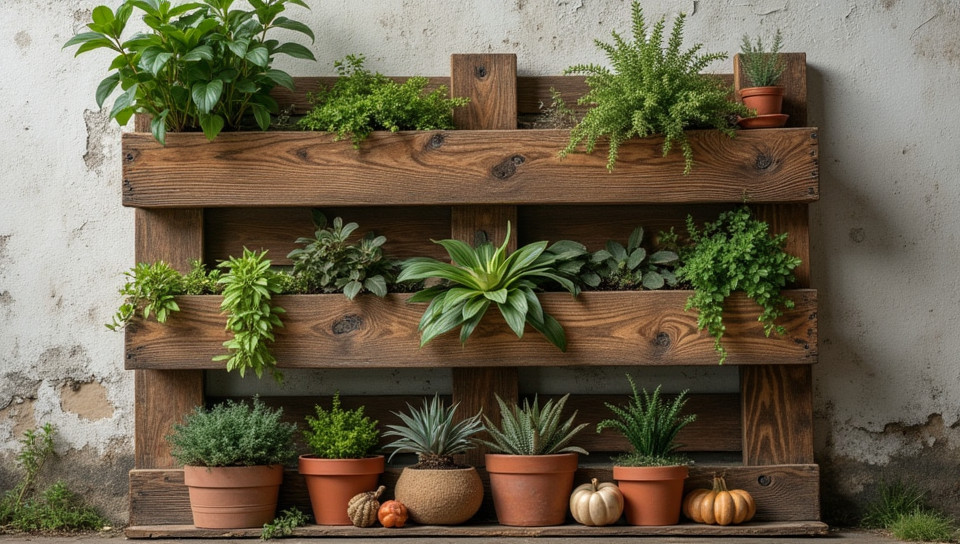Old pallets are often upcycled into planters or shelves 62%

Upcycling Old Pallets: A Creative Way to Reduce Waste
As we continue to navigate the complexities of sustainable living, it's essential to explore innovative ways to reduce waste and minimize our environmental footprint. One creative solution that has gained popularity in recent years is upcycling old pallets into planters or shelves. This simple yet effective approach not only reduces waste but also adds a touch of rustic charm to any home or garden.
What Are Pallets?
Pallets are wooden platforms used for transporting goods, typically consisting of a wooden frame with slats on top. They're widely available and often discarded after use, contributing to the staggering amount of waste generated by consumerism.
Benefits of Upcycling Old Pallets
Upcycling old pallets offers several benefits, including:
Reducing waste by giving new life to discarded materials Saving money by repurposing instead of purchasing new items Adding a unique touch to your home decor or garden with a one-of-a-kind piece Providing a creative outlet for DIY enthusiasts and crafty individuals
- Creating functional planters for indoor or outdoor use
- Building custom shelving units for storing books, decorations, or kitchenware
- Designing unique coffee tables, benches, or other furniture pieces
- Using pallets as garden borders or trellises
- Crafting decorative wall art or mirrors
Tips for Upcycling Old Pallets
Before you start upcycling, keep the following tips in mind:
Choose sturdy pallets that are free from damage and rot Disassemble the pallet carefully to avoid injury Clean and sand the wood to create a smooth surface Get creative with your design and consider adding decorative elements or finishes
Conclusion
Upcycling old pallets is a simple yet effective way to reduce waste, get creative, and add a touch of personality to your home or garden. With a little imagination and some basic DIY skills, you can transform discarded materials into unique pieces that will become the talk of the town. So next time you're about to discard an old pallet, remember: it's not just trash – it's a canvas waiting for your creative touch.
- Created by: Henry Becker
- Created at: Aug. 30, 2024, 9:45 p.m.
- ID: 8556